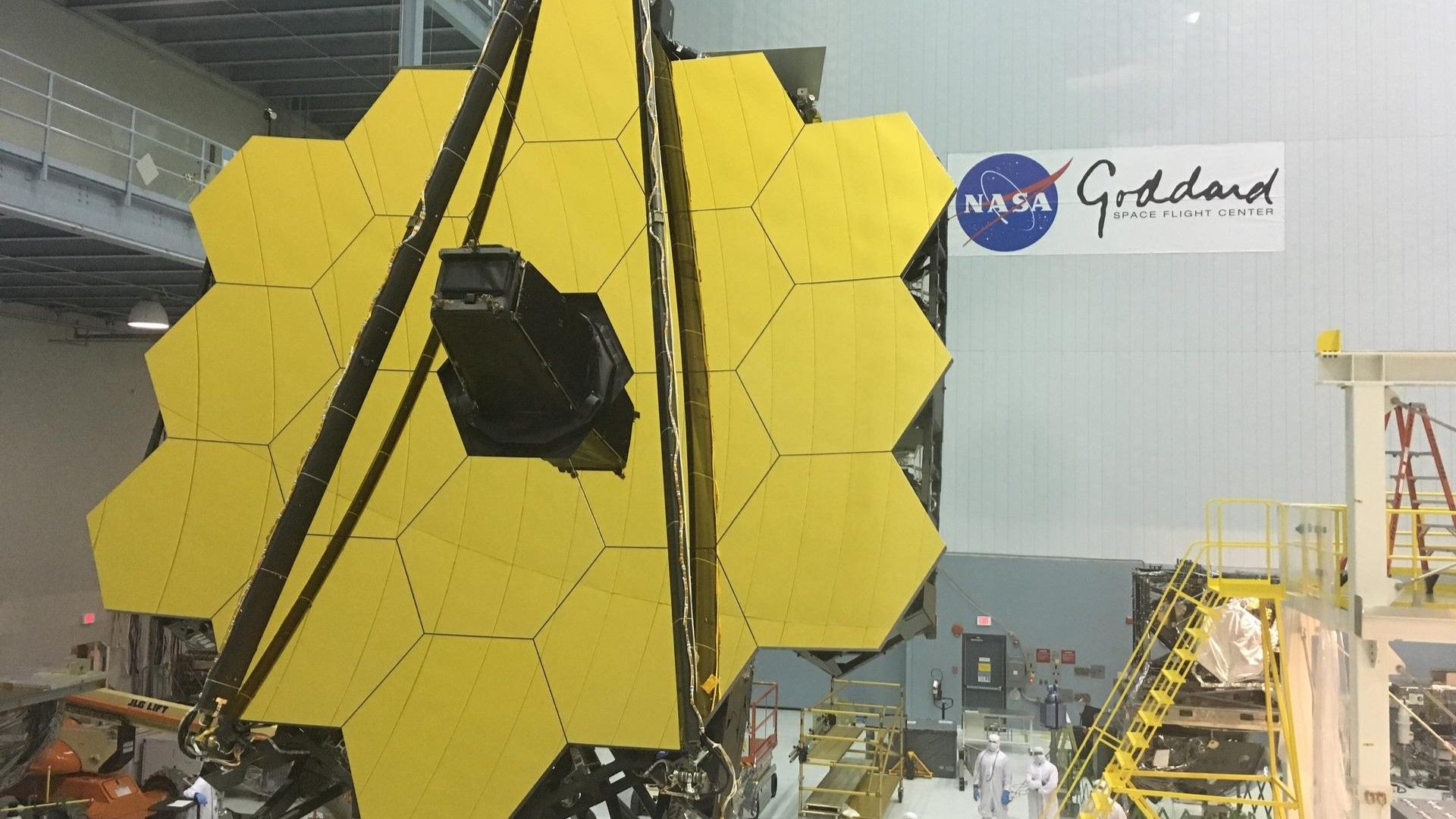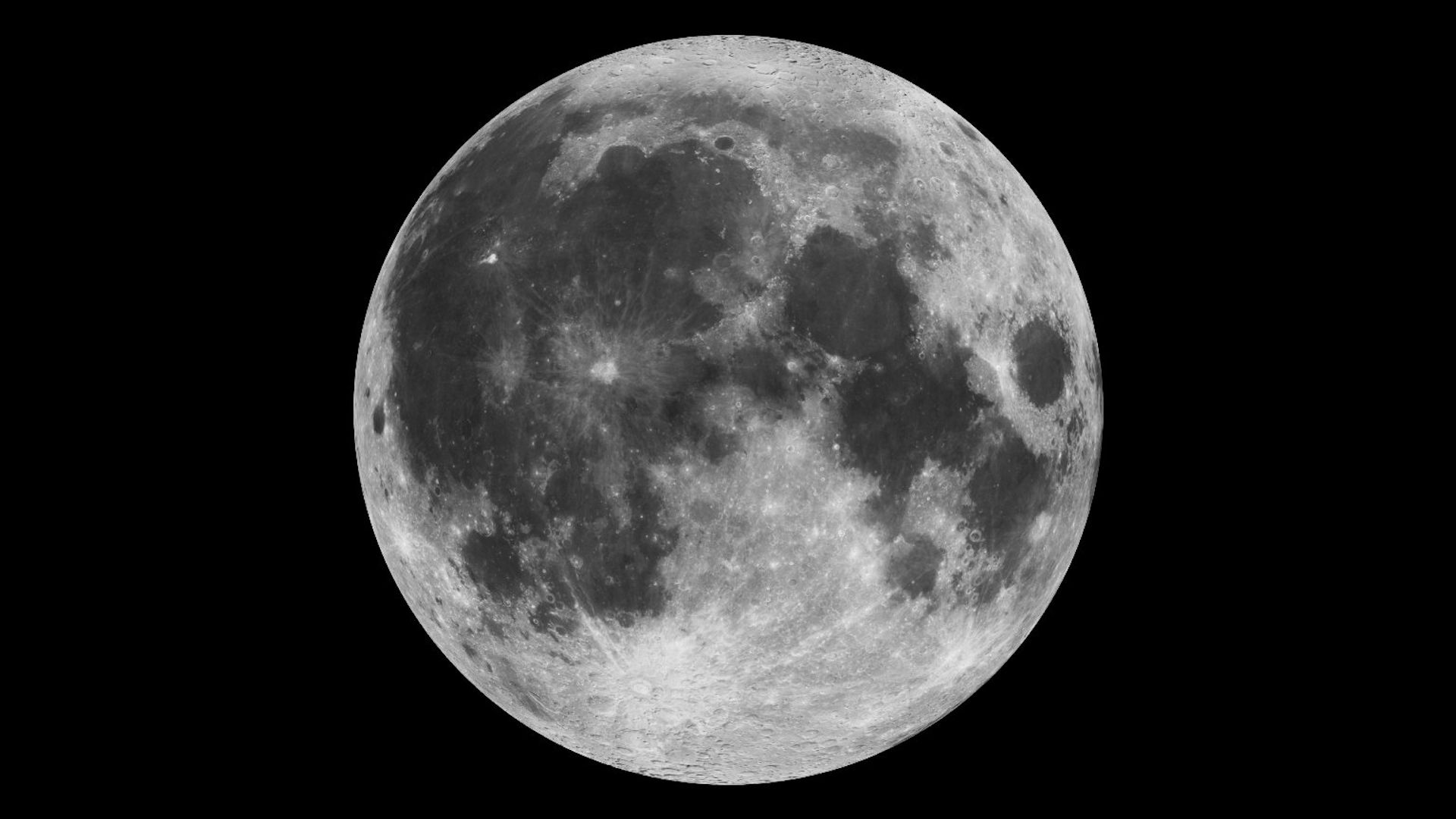Scientists have identified a planet that has a turbulent relationship with its parent star: it is being disintegrated, and leaving a spectacular trail of dusty debris in its wake. Within a few million years, the planet will be completely destroyed.
Why Is the Planet Disintegrating?
When two bodies orbit very close to each other, they tend to become “tidally locked,” which just means that the same side of one body always faces towards the other. This has happened with the Moon orbiting Earth, and it’s why you only ever see one side of the Moon.
The same thing has happened to the planet BD+05 4868 Ab with its star TIC 466376085: the planet is tidally locked. As one side of the planet is always facing the star, it has gotten so hot that the rocky surface is literally evaporating. The evaporated material forms a very thin atmosphere, then the combination of weak gravity, heat, and the solar wind result in the material being carried away from the planet forever.
As the material enters space, it cools and forms tiny rocky fragments (dust grains, really) that are illuminated by the star. If you were close enough, you’d probably see something much like the tail of a comet.
How Long Does the Planet Have Left?
The researchers believe that the planet was originally around the size of Mercury, and over the last several billion years, has lost so much material that it is now only about twice as large as the Earth’s moon. At the current rate it is losing mass, it will probably only last another one to two million years.

10 Facts About Mercury That Prove It’s More Than Just the Smallest Planet
Tiny Mercury is anything but bland.
Just how much material? The researchers estimate that the planet is losing approximately 2.2 billion pounds of material per second to space. That is about the same as losing three Empire State Buildings per second, one Great Pyramid every 6 seconds, or 91,000 school buses per second.
In broad terms, that means the planet has lost roughly 75% of its total mass.
This Is a Great Opportunity for Science
While the planet (BD+05 4868 Ab) probably isn’t too pleased with its predicament, the situation presents a golden opportunity for scientists.
So far, scientists have only detected a handful of planets that are disintegrating like this, and most of them are quite distant. That means imaging them—even using powerful telescopes like JWST—is challenging.

The Incredible Telescope That Lets Us Travel Back in Time
Traveling back in time may not be possible, but looking back in time is, thanks to this powerful telescope.
However, BD+05 4868 Ab is relatively close, only about 140 light years away, making it much easier to study.
The way it is being destroyed is especially interesting. Normally, if you want to study the material that makes up the inside of a planet, you have to physically drill down and retrieve samples. Drilling down more than a few kilometers is exceptionally difficult, even on Earth. However, the star is doing the heavy lifting for us in this situation. As the layers of material are stripped away from the planet and lost to space, scientists can use telescopes to study the way light is absorbed and refracted to determine what elements and chemicals make up the planet.
In effect, we’re getting a layer-by-layer view of the inside of a planet just by watching this one be destroyed.





